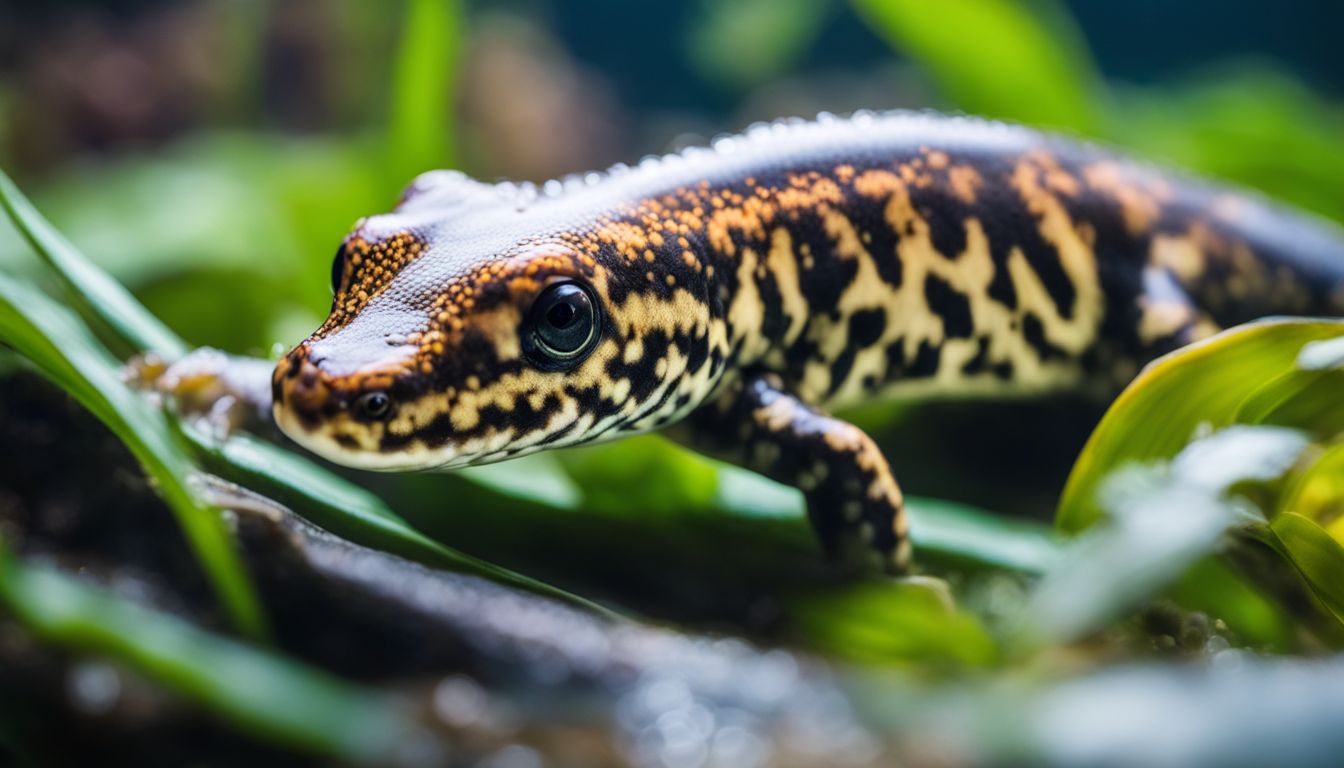Welcome to our comprehensive guide on salamander lifespans! Did you know that some species of salamanders can live up to 50 years? In this blog, we’ll explore the Lifespans of Different Salamander Species, the longest-lived specimens and factors affecting their lifespan.
We also provide tips for prolonging their life so your pet salamander will stay healthy and happy longer! With this article, you will discover the secrets behind how long do salamanders live; an intriguing topic with a wealth of interesting information.
How long do salamanders live? Let’s dive in and learn more about these amazing creatures!
Key Takeaways
- Salamander lifespan in the wild varies, depending on species, habitat, health and nutrition while in captivity salamanders typically have a shorter life span due to stress induced by their environment.
- Certain health issues like arthritis or respiratory problems can reduce a salamander’s lifespan whereas some may live up to 200 years!
- To help increase your pet salamander’s chance of living longer provide adequate space and appropriate conditions such as temperature and humidity; as well as regular feedings and cleanings with an approved disinfectant for proper hygiene maintenance.
Lifespans of Different Salamander Species
A wide range of salamander species live varying lengths of time, depending on multiple factors including species, habitat, health, and nutrition.
Factors affecting lifespan in the wild
- Natural predators, such as snakes, fish and birds may attack salamanders or consume their eggs.
- Salamander habitat loss due to deforestation and human development can reduce the food sources necessary for them.
- Diseases caused by parasites or bacteria are known to harm salamanders of all types.
- Changes in temperature can be especially dangerous for some species of amphibians, as rapid drops in temperature could cause hypothermia-like symptoms which weaken the animal’s immune system making it vulnerable to disease.
- Unfavourable weather conditions like extreme drought or heavy rainfall also affect a salamander’s environment and could lead to mortality even if other factors do not immediately kill them directly.
Lifespan in captivity
Salamanders that are kept in captivity typically have a shorter lifespan than those living in the wild. One of the main factors behind this is the stress caused by an environment which cannot perfectly replicate their natural habitat; they may be exposed to different levels of light, temperature, and humidity, leading to ill health or premature death.
Captive bred salamanders might also suffer from food shortages due to their limited diet choices in comparison with what would be available in nature. Along with these environmental and dietary concerns, captive salamanders often lack genetic diversity due to selectively breeding parents with exceptional traits such as coloration or behavior — although desirable qualities for humans, this can leave them prone to medical issues which can affect overall life expectancy.
However it’s important to note that there have been cases where surprisingly long lifespans were found even when held under unsuitable conditions – California newts are known to occasionally live over 50 years while some Asian giant salamanders have reported lifespans up to 60-70 years! Depending on species and care provided therefore you could find your pet salamander become part of your family for many decades more if given the right environment and nutrition for its needs!
Longest Lived Salamander and Unique Lifespan Examples
You may be surprised to hear rumors of salamanders living up to 200 years! Explore the longest-lived salamander species, as well as other fascinating cases of longevity among these creatures.
200-year-old salamander?
In 2012, Chinese researchers discovered an ancient individual of the species Andrias davidianus, commonly called the Chinese giant salamander. Amazingly, it was estimated to be 200 years old which contradicts current scientific knowledge that estimates its lifespan to around 50 years old in the wild or a decade longer in captivity.
It is quite possibly the longest-lived salamander ever known and presents a unique insight into how long these creatures are capable of living. This stands as proof that despite their size, they can have incredibly long lifespans if given ideal conditions and prompt care from their caregivers.
Understanding this fact is key for anyone trying to keep one as a pet or help protect them in nature.
Notable long-lived species
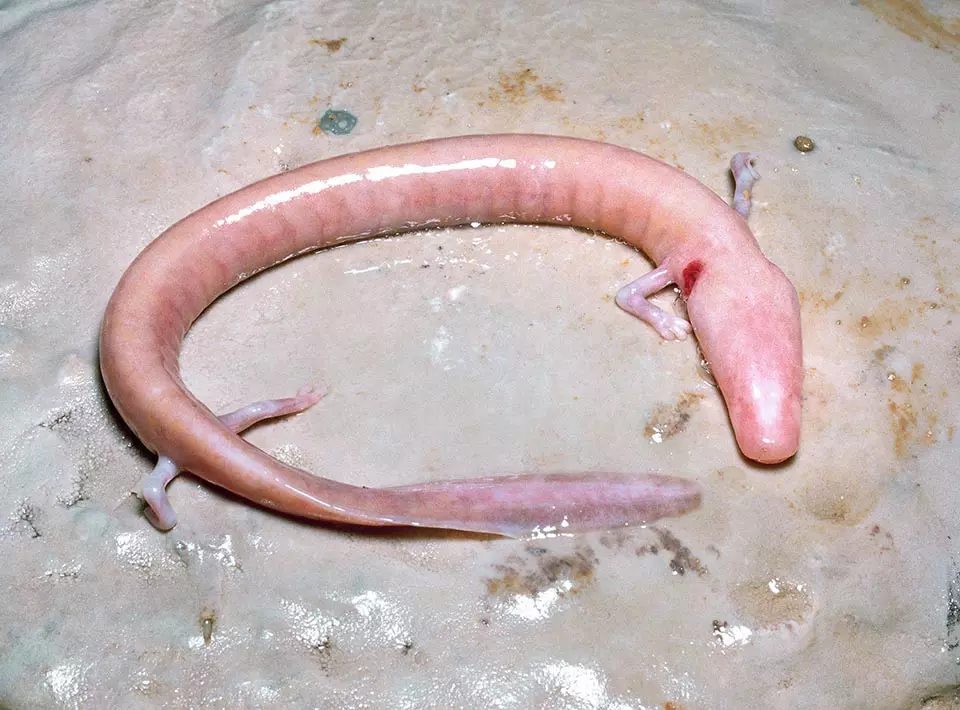
• Olm (Proteus anguinus): average lifespan of 70 years in the wild and 100+ years in captivity
Factors That Affect Salamander Lifespan
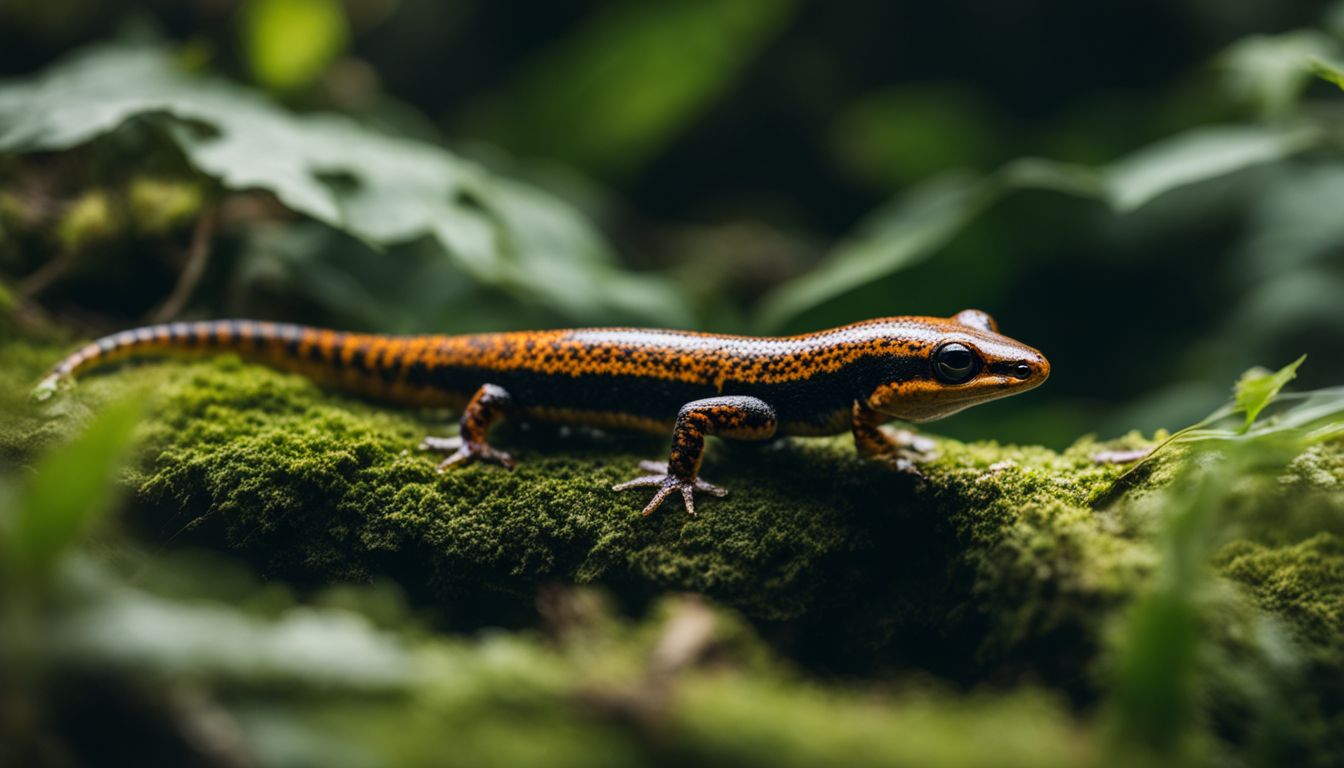
Certain health issues, especially in older salamanders, can limit the lifespan of these amphibians, as well as differences between wild and captive populations.
Health problems in aging salamanders
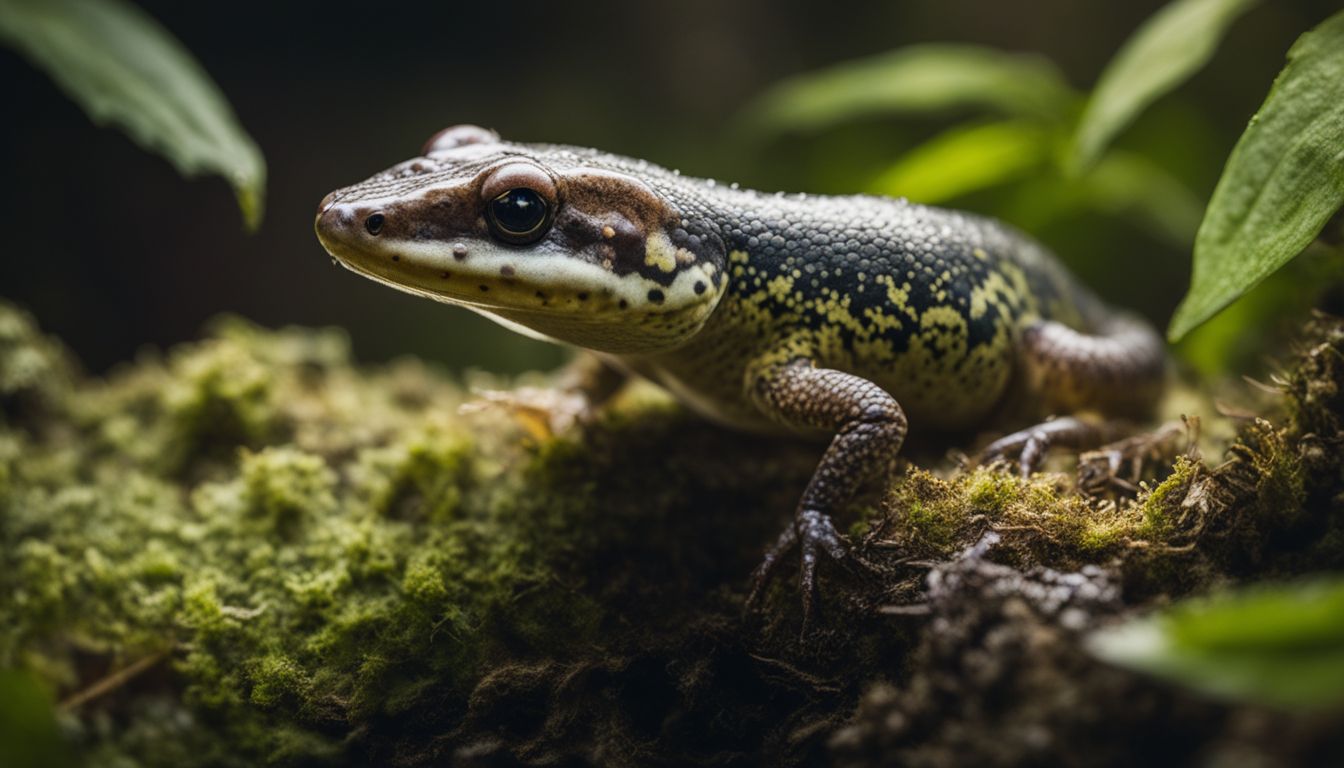
Aging salamanders, like all animals, may experience health problems related to their advancing age. Common issues that elderly salamanders have include arthritis, respiratory problems, and weakened immune systems.
Arthritis can cause inflammation of the joints and make movement difficult. Respiratory problems can be observed in certain species of salamander due to changes over time such as narrowing or blockage of the airways leading into their lungs.
As a result of these ailments, older salamanders often move more slowly and become less active than their younger counterparts. Weakened immune systems can also lead to other underlying conditions by making them more susceptible to infections and disease caused by bacteria or fungal infection in the habitat.
Differences between wild and captive lifespan
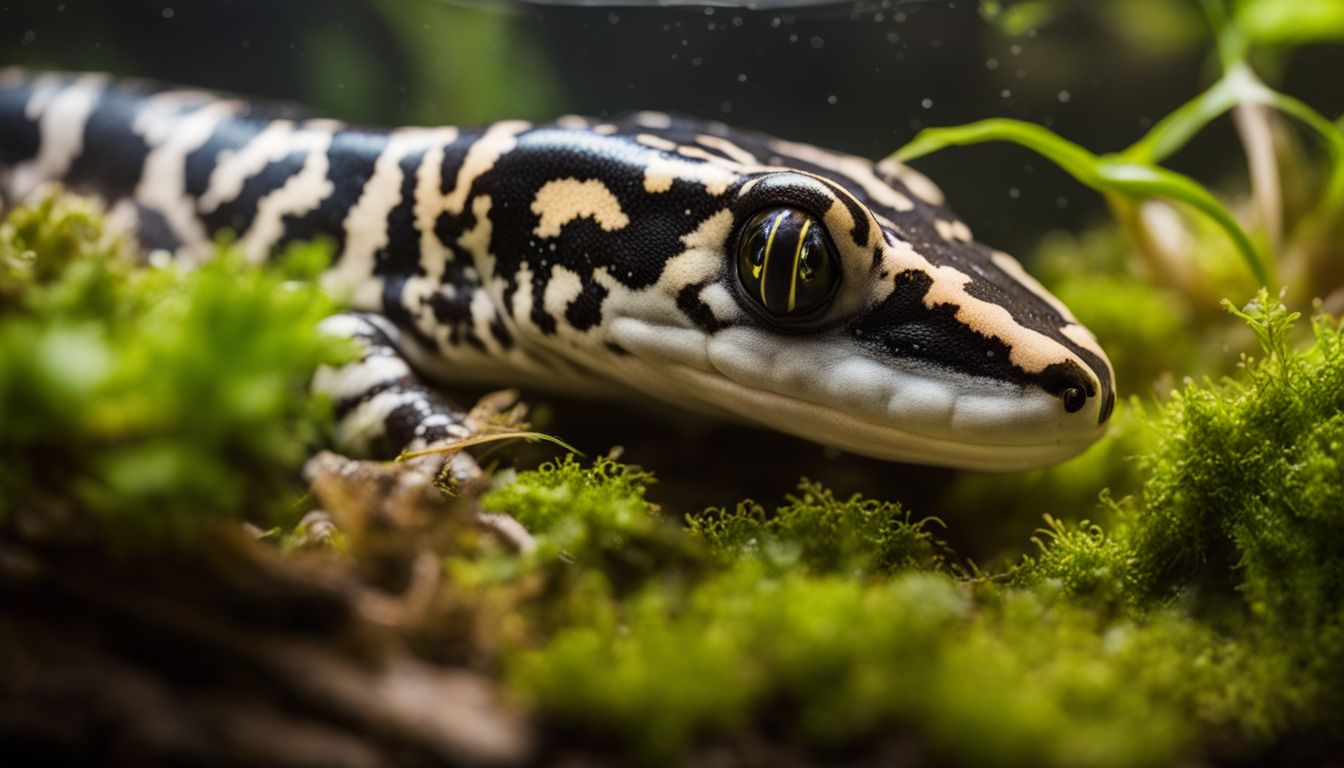
The lifespan of salamanders living in the wild can vary significantly compared to their lifespan when kept in captivity. For instance, Eastern Tiger Salamanders typically only live for up to 16 years in the wild, but those kept in captivity have potential lifespans of much longer than that.
This difference is usually attributed to better habitat conditions and increased health support provided by humans which promote better physical development. Additionally, since salamanders living in captivity are not exposed to predators like they are when living wild, this provides additional environmental safety which helps prolong their lives.
Diet also plays an important role; since captive salamanders are given more nutritious food with balanced macro- and micro-nutrients as well as regular vitamins and supplements from owners which help them maintain a healthier lifestyle away from illnesses common among those living outdoors.
Tips for Prolonging Salamander Lifespan
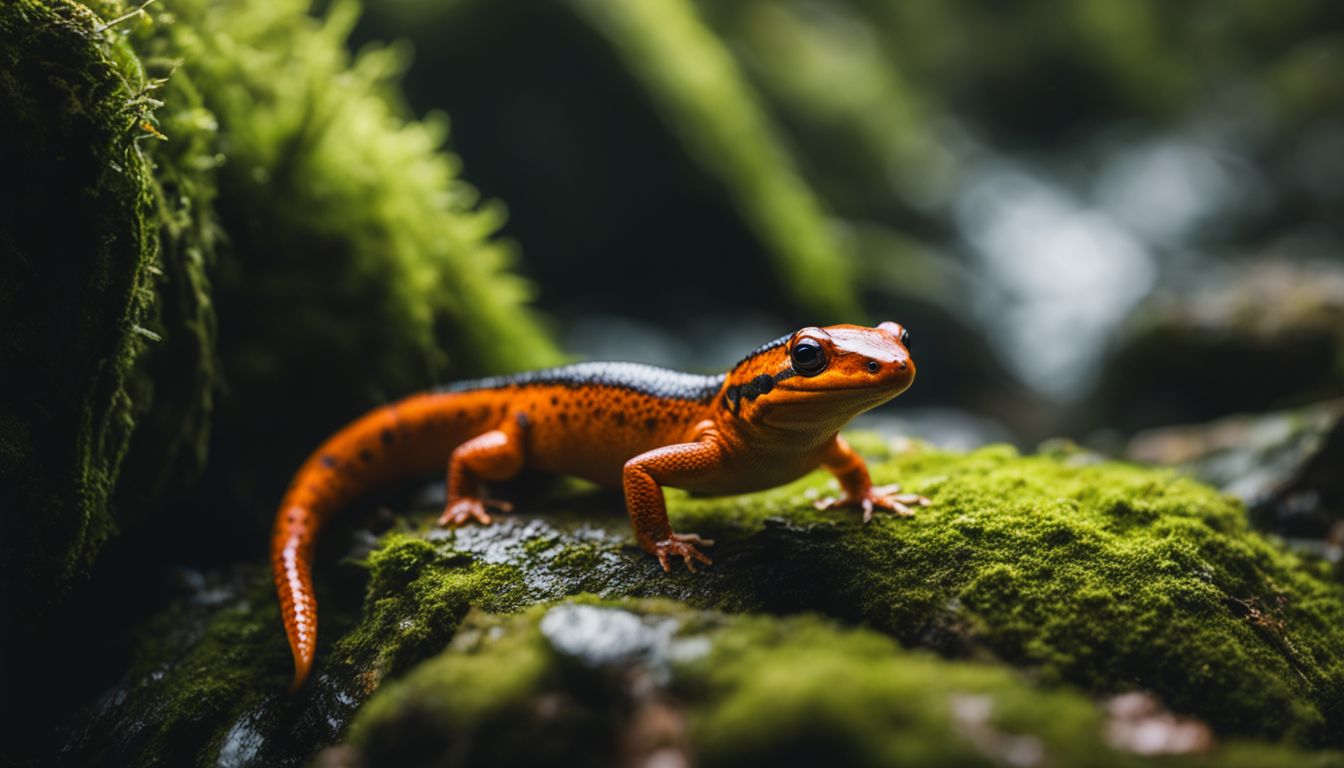
Giving your salamander a proper and clean living environment, along with providing them with proper nutrition and hygiene, can help keep them healthy and prolong their lifespan.
Proper care and habitat maintenance
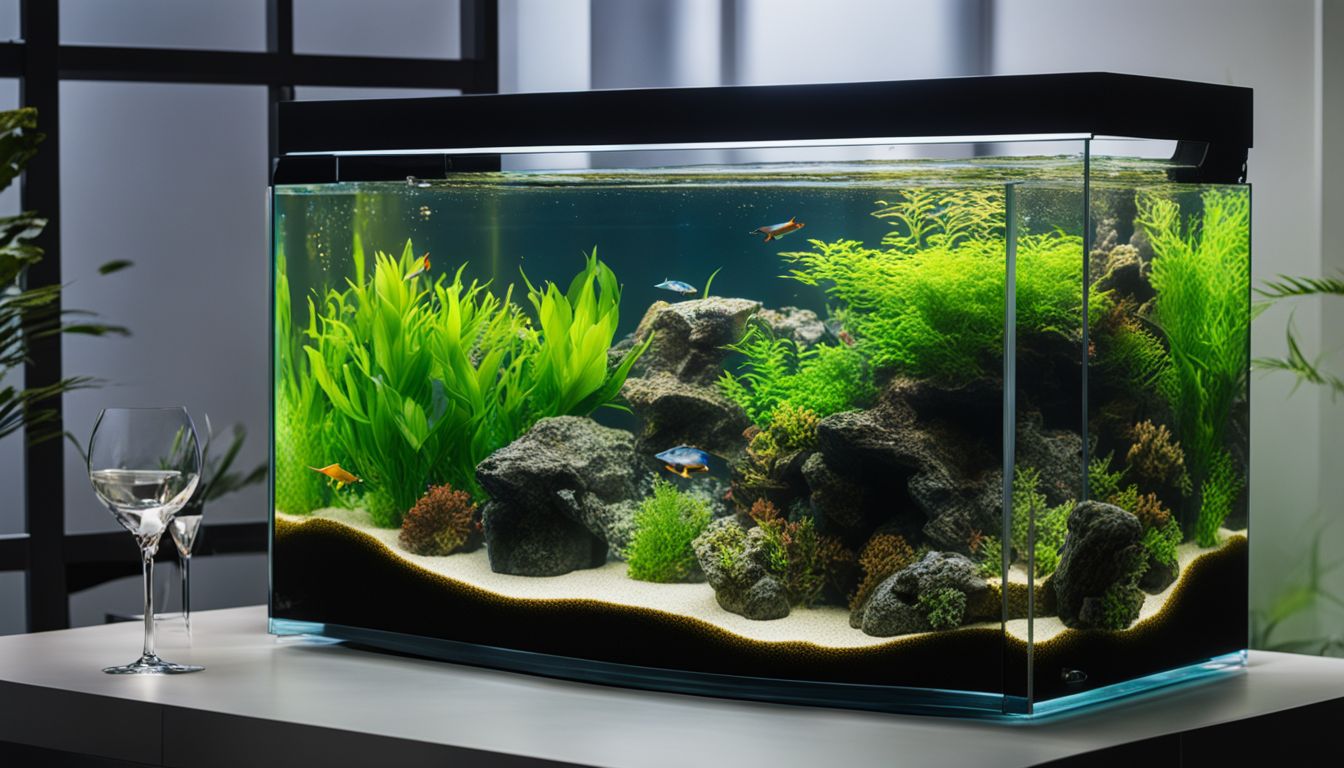
- Ensure the tank environment is good in terms of temperature and humidity. Salamanders need to be in a space that’s not too hot or cold but suitable for them so they can thrive.
- Conduct frequent cleanings with an aquarium filter as salamanders produce waste like other pets which should be removed from their living space regularly to promote healthy growth and avoid contamination.
- Include natural or artificial structures as hiding places so the salamander feels secure and also provides essential surfaces for climbing, burrowing, etc., all activities necessary for its development
- Provide plenty of lighting as this helps regulate hormones involved in metabolism and reproduction like melatonin which triggers hibernation during day light hours otherwise resulting in metabolic shutdown if left unchanged creating health issues over time
5 Feed your pet nutrient rich diets such as insects or aquatic plants at least once every two days rather than irregularly daily feedings; this promotes regularity allowing their gut bacteria to sustain themselves leading longer lives
Importance of nutrition and hygiene
Proper nutrition and hygiene are essential in prolonging the lifespan of salamanders as they have specific dietary needs. Adult salamanders should be fed a carnivorous diet consisting of prey items such as insects, worms, pupae, aquatic larvae, crickets, moths and mealworms twice a week to ensure their nutritional requirements are met.
As salamanders also breathe through their skin it is important to maintain a clean environment free from contaminants to prevent illness or infection. Hygiene for salamanders may include regular water changes and cleaning the enclosure with an approved disinfectant that won’t harm the delicate creatures.
Proper nutrition and hygiene will help keep them well-fed and healthy so they can live full lives.
Conclusion
Salamander species experience a wide range of lifespans in both the wild and captivity—from 5 to 50 years or more. Factors such as their environment, predation levels, and access to food can all influence their lifespan.
Though some species may live for considerably longer than 25 years with proper care, pet salamanders typically will not exceed the average lifespan of around 20 years. It is important for owners to ensure that they provide enough space and appropriate environment conditions on top of careful handling in order to increase their pet’s chances for a long life span.
Without proper maintenance and hygiene, diseases can arise prematurely age your salamander which dramatically decrease its overall health quality and longevity.
FAQs
How long do salamanders live?
The lifespan of salamanders can vary significantly depending on the species, but some may live up to 20 years or longer in captivity.
What is considered a short lifespan for a salamander?
Some species of salamanders have a relatively short lifespan compared to others and may only live 1-2 years in the wild.
What factors impact the lifespans of salamanders?
Mold build-up, access to food, predators, environmental conditions and quality of care all play an important role in determining the life expectancy of a particular species of salamander.

